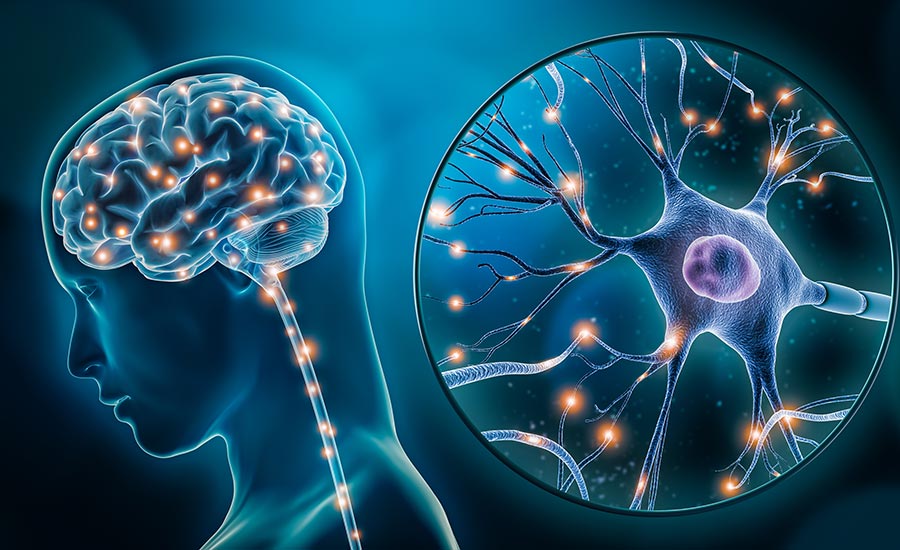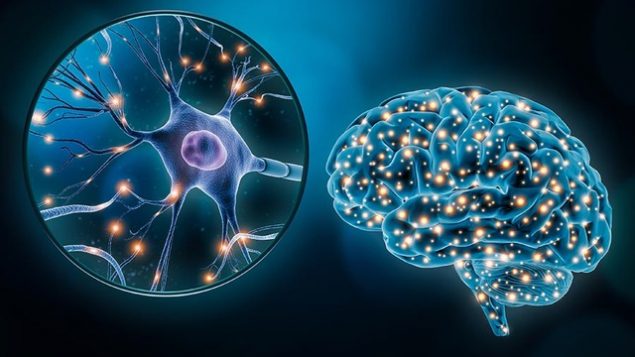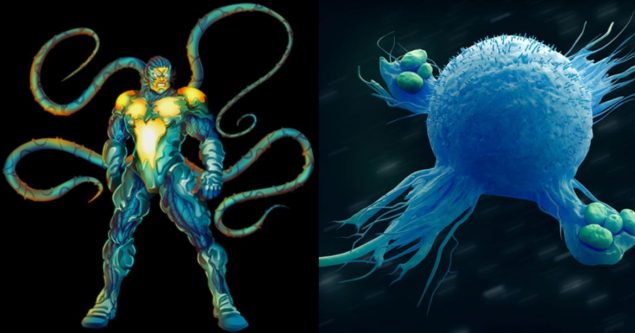Related Resources
The nervous system is a masterpiece.
Your brain, the most complex organ, is the supreme commander that rules your body.
The nerves are its subjects that execute its command and turn them into actions.
For instance, your brain may order your legs to start walking, but it is the nerves that “communicate” that command to your legs and get them to move.
Those nerves belong to the autonomic and somatic nervous systems. The two are the peripheral nervous system (PNS) components and are of extreme importance for you.
In this blog post, we’ll do the autonomic vs. somatic nervous system comparison to show you why they matter and how they work.
We’ll also explore how these nervous systems impact your health and immune system and what they do to protect you from danger and pathogen intruders.

Autonomic Vs. Somatic Nervous Systems At A Glance
The key difference between the autonomic vs. somatic nervous system is that the former controls involuntary movements in your body while the latter controls your voluntary actions.
The autonomic nervous system is responsible for many crucial functions in your body, including:
- heart rate
- blood pressure
- the way your internal organs work
On the other hand, the somatic nervous system enables you to move your muscles.
Both components of the PNS act as a connection between your central nervous system (CNS), i.e. the brain and the spinal cord with the rest of your body.
Sure, your brain enables you to think, move, feel, learn, remember and talk. But to perform any of the actions controlled by the boss organ and the CNS, the autonomic and somatic nervous systems are indispensable.
For instance, when you enjoy the taste of Reese’s Peanut Butter Cups, it is the intricate system of nerves and your PNS system at work. They transmit the sensation from the taste buds to your brain in a beat, allowing you to appreciate the chocolatey-peanuty taste.
Now, let’s explore each component of the PNS in greater detail to better understand their differences.
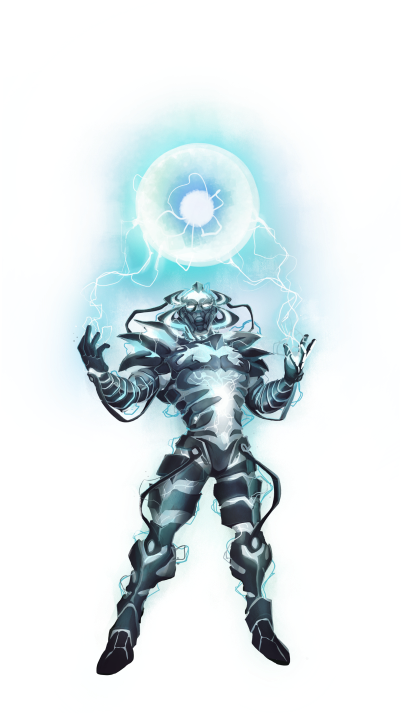
What Is The Autonomic Nervous System?
The autonomic nervous system (ANS), as its name suggests, is a part of the PNS that works autonomously.
This means that you don’t have any say whatsoever in how the ANS operates. It is programmed to perform specific actions by default, and you can’t control it. And luckily so! We’ll tell you why soon!
The autonomic nervous system includes three parts:
- The sympathetic nervous system
- The parasympathetic nervous system
- The enteric nervous system
Now, let’s see what each of these systems is and what sets one apart from the other.
What Is The Sympathetic Nervous System?
The sympathetic nervous system (SANS or SYNS) is part of the autonomous nervous system that acts like your body’s alarm. It is in charge of your “fight-or-flight” response.
When you’re in danger, or you witness something stressful, the SYNS activates, and it:
- Increases your heart rate to send more blood through the body to all organs
- Quickens your breathing rate so that more oxygen gets to your brain
- Releases more glucose, the primary source of energy for your cells, so that your body has more energy
- Affects the adrenal gland placed right above your kidneys and instructs it to release more adrenaline into the blood so that your body becomes very energetic and capable of quickly getting away from the danger
What Is The Parasympathetic Nervous System?
The parasympathetic nervous system (PSNS or PANS) does the exact opposite of the sympathetic nervous system.
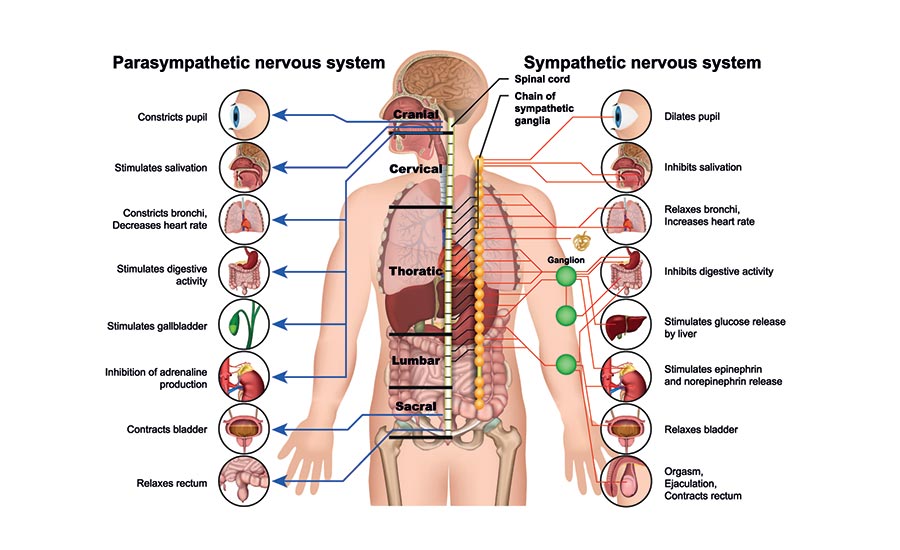
It lowers your heart rate and slows down your breathing.
This part of the ANS drives your body when you’re resting. It transfers information from your sensory receptors to the big boss — the brain.
The parasympathetic nervous system also helps you conserve energy, and it kicks in after eating and digesting.
You can even activate it on your own by consciously focusing on your breathing and slowing it down to relax after a stressful situation.
What Is The Enteric Nervous System?
The enteric nervous system (ENS) is the largest of the three components of the ANS.
It is in charge of your gastrointestinal tract, i.e. the digestive tract that travels from the mouth to the anus. The ENS controls your digestion from the moment you place a bite in your mouth and swallow it.
The enteric nervous system helps break down the food so that your body can absorb the healthy nutrients.
It is also responsible for food elimination.
Now, here’s an interesting fact about the ENS — people often call it “the second brain” or “the little brain”! The ENS is very complex, and it contains the same neurons as the brain, hence the nickname.
For example, when you feel butterflies in your stomach, that’s your body’s response to signals sent from the second brain!
Recent research also points out the connection between your gut health and brain chemistry, suggesting your mood and emotions depend on the ENS.
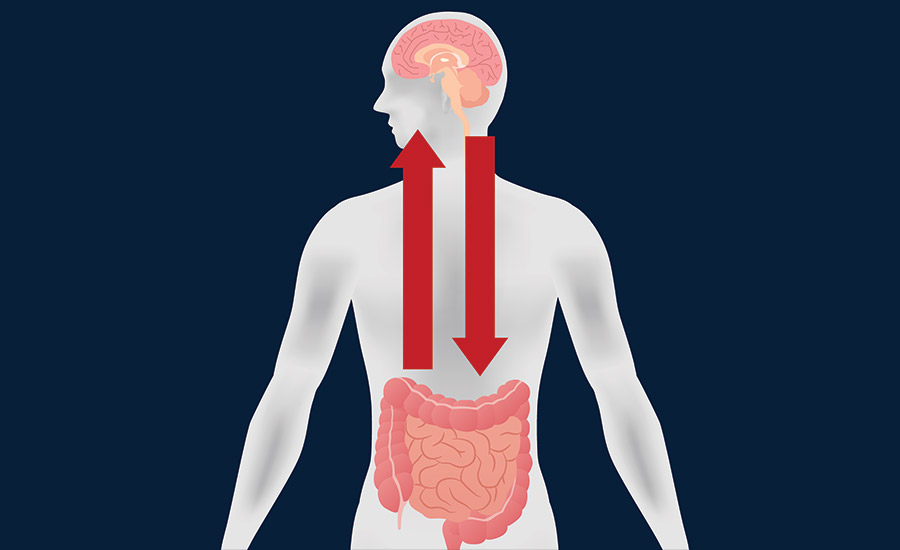
Autonomic Nervous System Function: What Does It Do For You?
We mentioned earlier that it’s a good thing you have no impact on how the autonomic nervous system works.
That makes sense now that you’re familiar with some of the functions it regulates, like breathing, your fight or flight response, your digestive system and even your emotions!
Moreover, the ANS is responsible for your:
- heart rate
- pupil dilation
- blood pressure
- sneezing
- coughing
- the way your internal organs work
Aside from the heart and the lungs, the autonomic nervous system also regulates other internal organs, including the liver, kidneys, genitals, bladder, intestines and blood vessels.
It is also in charge of the digestive, salivary and sweat glands.
Imagine you had to think about and regulate all of these functions consciously?!
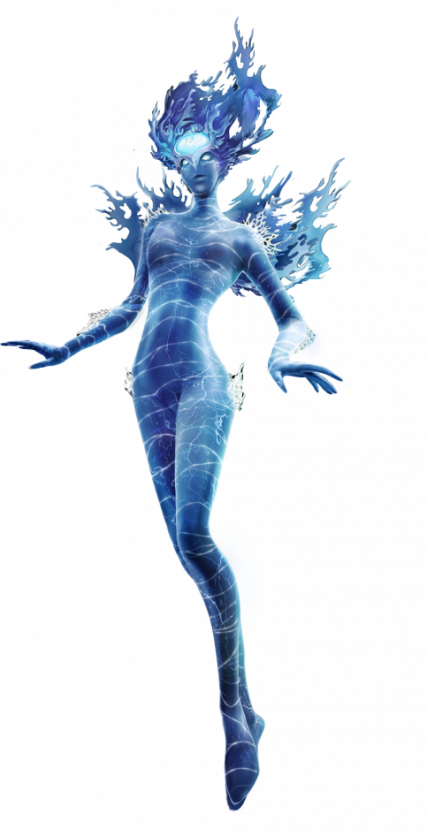
What Does The Autonomic Nervous System Have To Do With Your Immune System?
When you get injured, sick, or catch an infection, the central nervous system, which regulates your immune system, uses the autonomic system, i.e. the sympathetic nervous system to control your body’s inflammatory and immune responses.
Inflammation is a process during which the immune system cells, such as B-Cells, T-Cells and NK Cells respond to a threat and attack viruses and bacteria.
For example, when you scrape your knee, the body’s inflammatory response makes your knee red and swollen.
Once activated, the PSNS releases neurotransmitters, i.e. chemicals your neurons use to communicate.
Each neurotransmitter then binds to an appropriate receptor on the immune cells’ surface, and that’s when the immune system initiates an appropriate response to a threat.
Neurotransmitters encourage B-Cells to mature ASAP so they can generate antibodies to fight intruders.
Moreover, the vagus nerve, a.k.a., the vagal nerves — the main nerves of the parasympathetic nervous system — participate in the activation of the immune response. They transmit signals to the brain that something’s wrong.
Once the brain processes the signals, the vagal nerves initiate the mission to prevent the production of pro-inflammatory cytokines — proteins that encourage the growth and activation of the immune cells; they are mostly made by macrophages and fibroblasts.
This response of the vagal nerves is called inflammatory reflex.
The reason the vagal nerves work on preventing the overproduction of pro-inflammatory cytokines is to ensure the inflammation in the body doesn’t become too strong and stop the so-called cytokine storm from happening.
Cytokine storm is a dangerous condition where the body makes too many cytokines. As a result of the cytokine overproduction, immune cells continuously flood the place of injury, which can result in organ failure.
Luckily, in most cases, the vagus nerve inhibits the production of pro-inflammatory cytokines and prevents the immune system from becoming too strong.
What Is The Somatic Nervous System?
The somatic nervous system (SONS) is the second component of the peripheral nervous system.
The SONS is also called the voluntary nervous system because it enables you to move your muscles at will.
The somatic nervous system consists of:
- Sensory neurons
- Motor neurons
Sensory neurons carry the afferent neurons. These nerve cells carry information, i.e. sensation from receptors placed throughout your body to your central nervous system.
On the other hand, motor neurons, carry the efferent neurons and do the exact opposite of the sensory neurons. Efferent neurons transfer information from the CNS, i.e. the brain and the spinal cord to your muscles.
Somatic Nervous System Function: What Does It Do For You?
The somatic nervous system is in charge of the voluntary muscle movements of your body.
It also helps you receive and appropriately respond to external stimuli through your senses, including vision, hearing, taste and smell.
The SONS consists of three parts of nerves:
- Spinal nerves: These are the groups of peripheral nerves connected to the spinal cord. They transfer sensory information to the spinal cord and carry motor commands out of it to muscles.
- Cranial nerves: This type of nerve fibers carry information in and out of your brain stem — the bottom, straw-like part of your brain that connects it with your spinal cord. Cranial nerves transfer information regarding smell, eyes, vision, eye muscles, neck, shoulders, tongue, mouth and taste.
- Association nerves: These are the nerves that live only within the brain and the spinal cord. They act as a connection between sensory and motor neurons.
What Are Reflex Arcs?
Aside from controlling voluntary muscle movements of your body, your somatic nervous system is also responsible for reflexes, i.e. involuntary muscle movements.
For instance, when you touch a very hot surface or a meal, and immediately jerk back your hand, that’s your reflex in action.
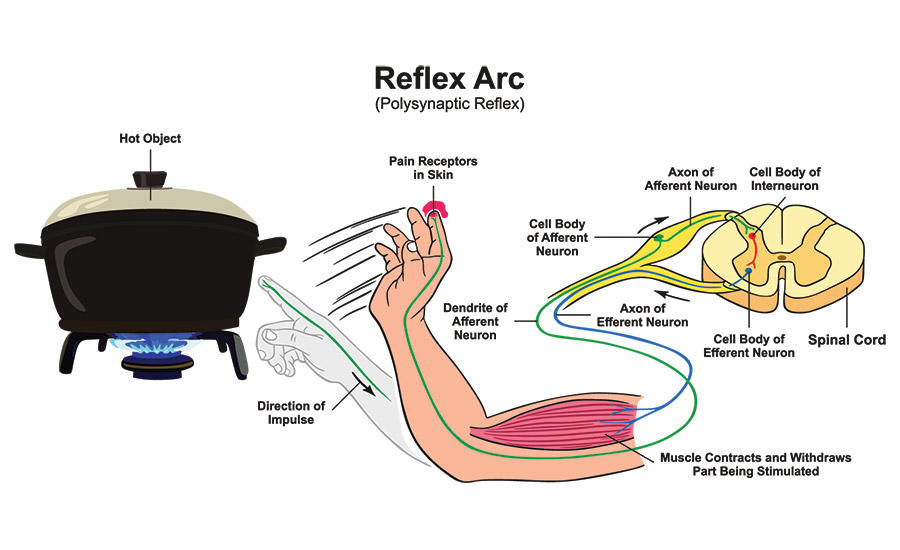
Reflexes are controlled by reflex arcs — neural pathways that go from sensory to motor neurons. The neural circuit transmits signals to the spinal cord without any kind of coordination with the brain.
In the spinal cord, sensory nerves that carry signals connect with interneurons and then transfer the response to the muscles.
Since signals don’t pass to the brain, your muscles react much faster to a stimulus.
Does The Somatic Nervous System Affect Your Immune System?
Unlike the autonomic nervous system that greatly impacts your immune system, the somatic nervous system doesn’t affect your body’s defense against microbes and diseases.
The SONS allows for movement by consciously using skeletal muscles and it enables you to process information perceived by your senses.
However, it doesn’t stimulate nor inhibit your immune system’s response to threats in any way whatsoever.
Recap on Autonomic Vs. Somatic Nervous System
Now that we’ve reached the end of our autonomic vs. somatic nervous system comparison, you can understand their complexity and importance.
The two systems represent intricate networks of neurons that relay information between your brain and spinal cord, i.e. the central nervous system and your muscles and glands.
No matter how different the CNS and PNS are, their synchronization and teamwork are indispensable for all of us. The collaboration of the two nervous systems allows you to experience the world in a certain way but also protects you from danger and tiny menaces threatening to compromise your immune system.

